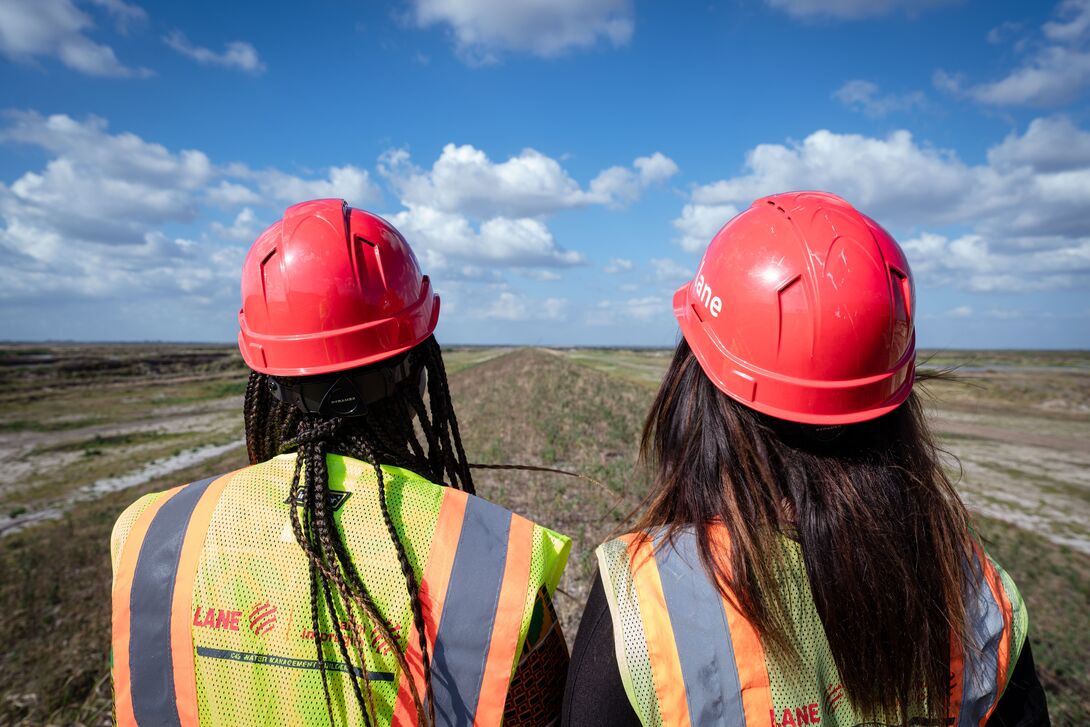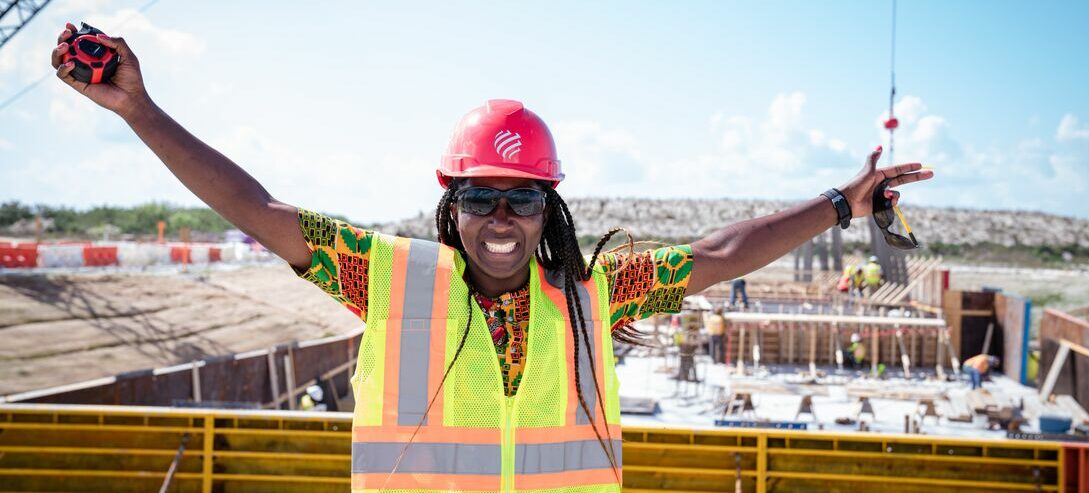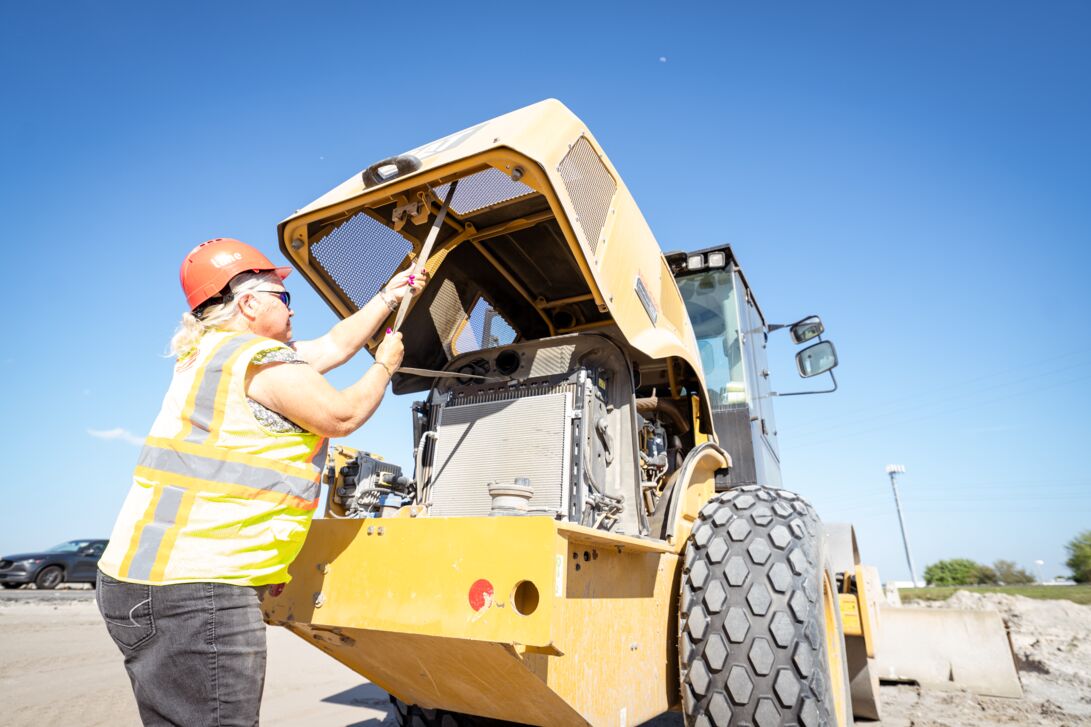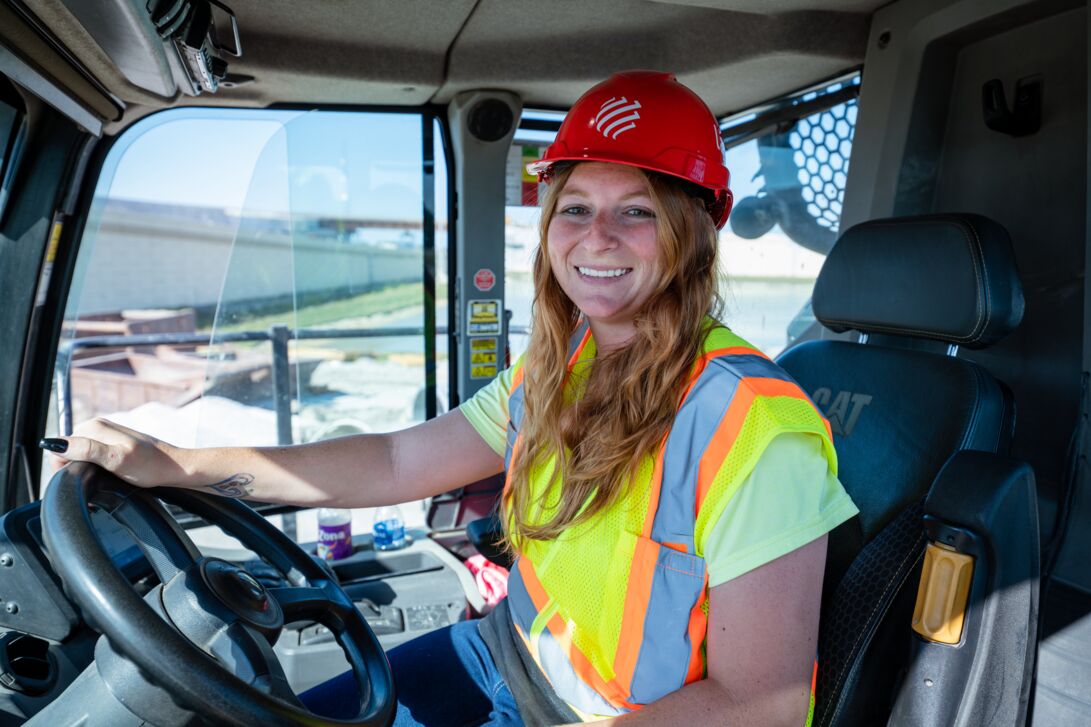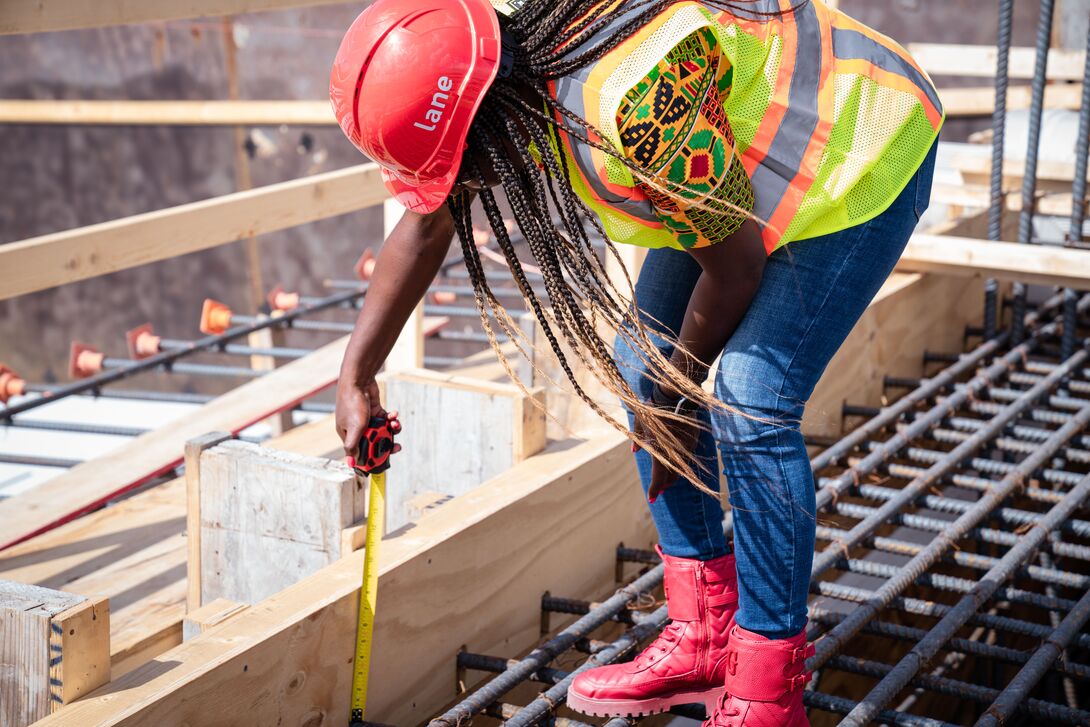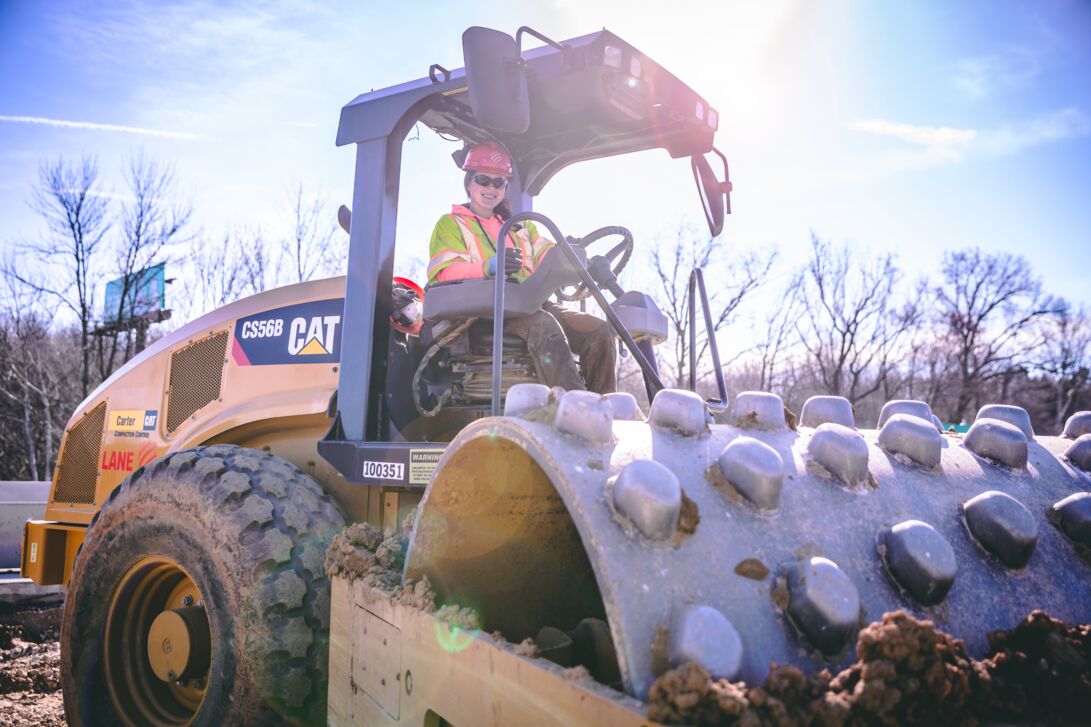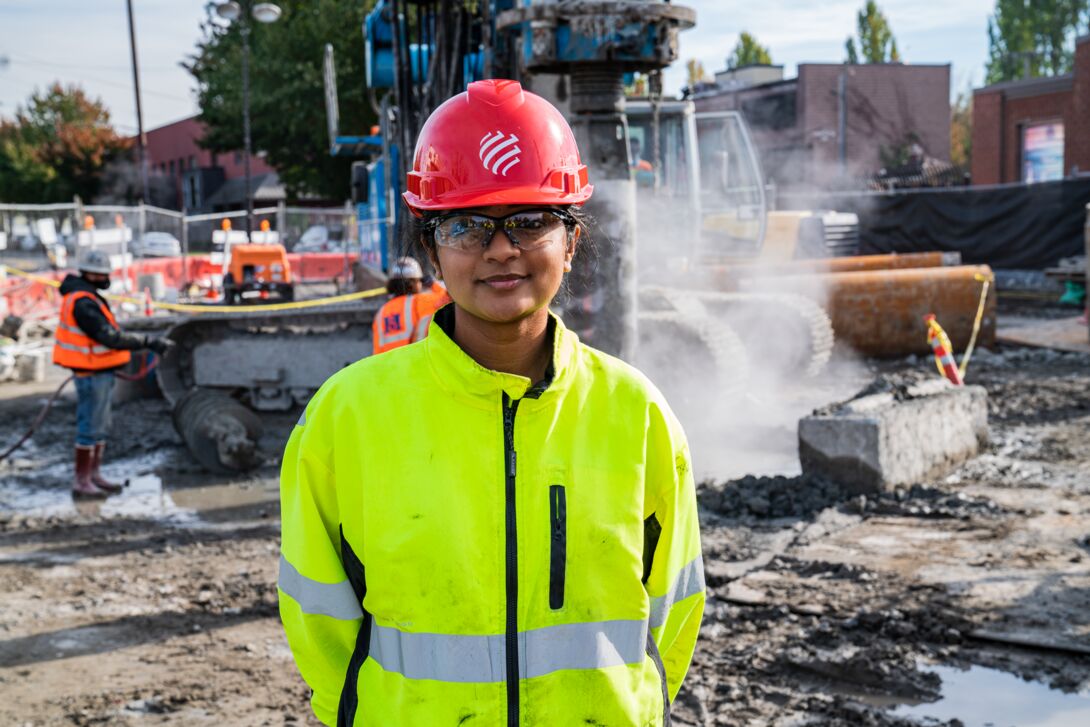But what about the U.S. construction industry?
According to the U.S. Bureau of Labor Statistics (BLS), in 2020 there were 10.7 million people working in the U.S. construction industry.
- 10.9% were women (nearly 1.2 million)
- Only 7.7% of those (less than 79,000) were in management positions
While this is an increase over prior years, women are still underrepresented compared to the rest of the U.S. employment.
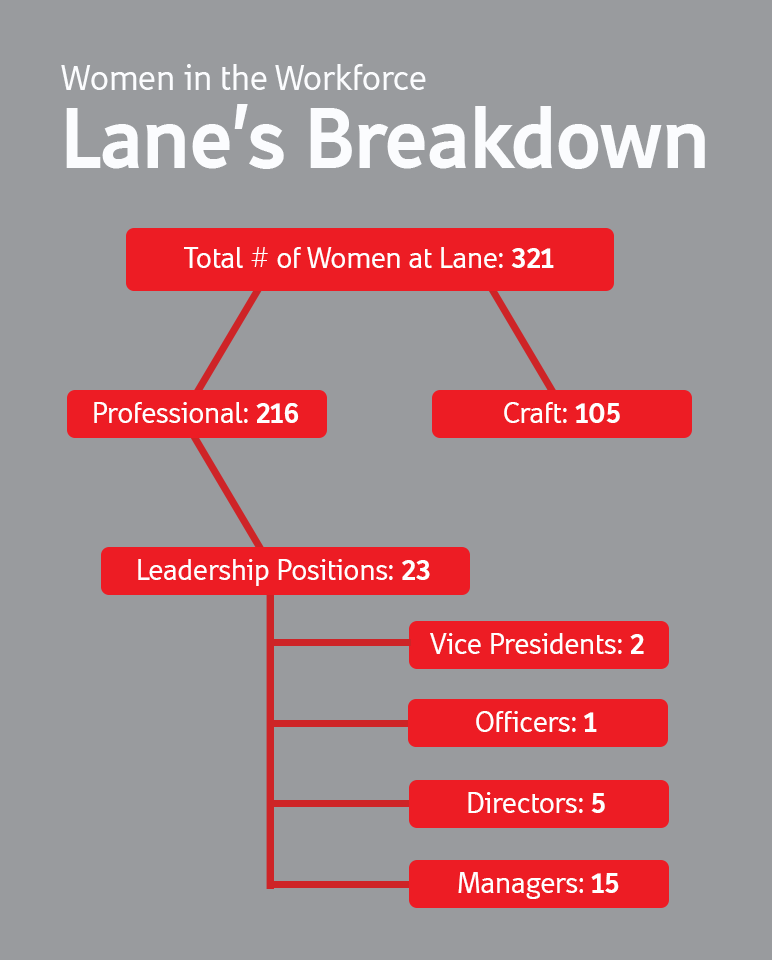
Earning potential for women in construction
While the underrepresentation of women in the construction industry is a problem, one positive is that women in the construction industry earn 99.1% as much as men.
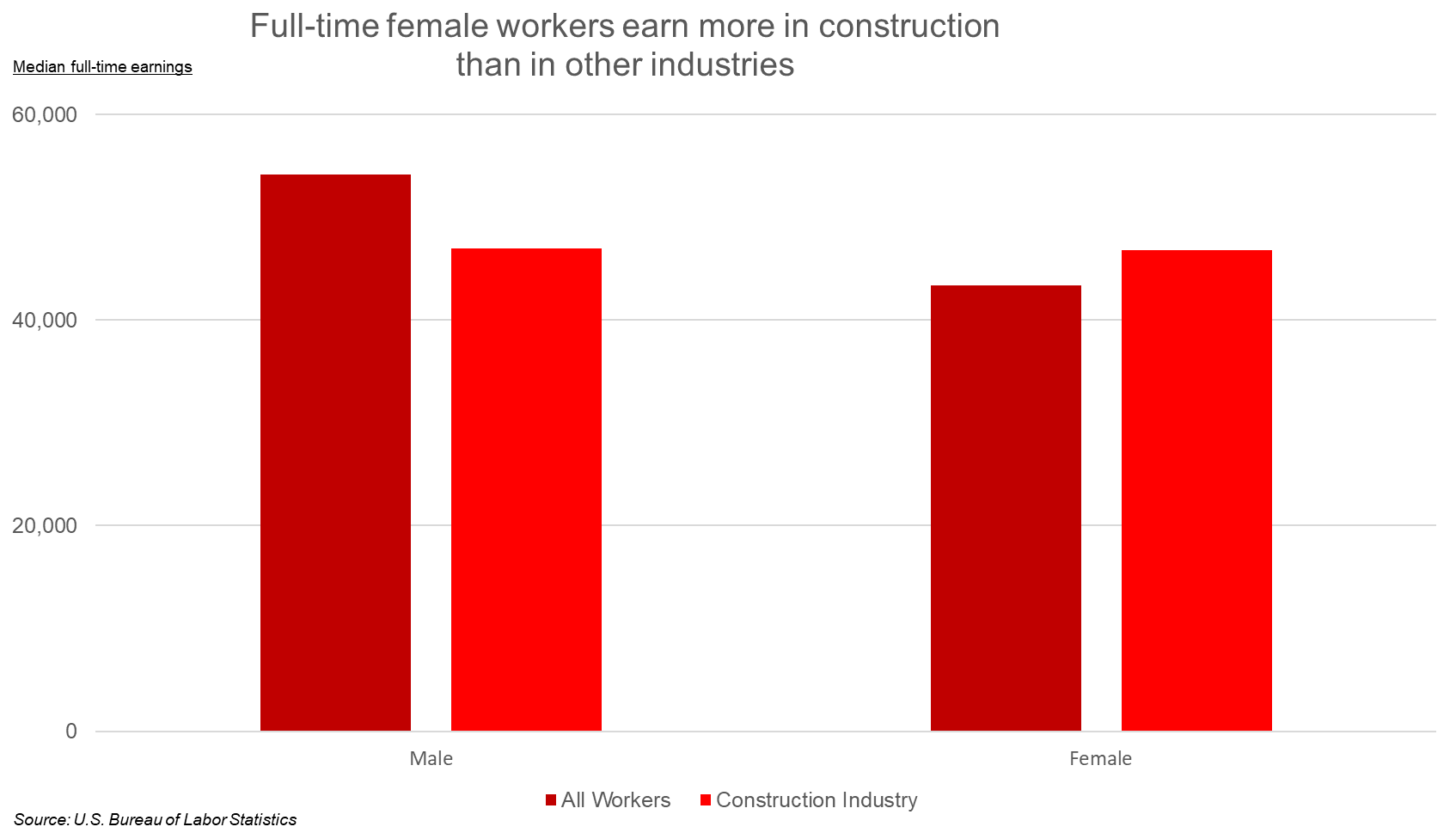
While this is not 100% yet, it is significantly more than women earn compared to how much men are earning across all industries:
Career satisfaction for women in construction
Working in construction can bring women an extraordinary sense of satisfaction. Take Lane Construction’s Malaïca (Mal) Dacéus for example on why she loves being a Design-Build Coordinator:
Benefits for the Workforce
Getting more women into the construction industry may benefit the workforce, too. According to a 2020 report by McKinsey & Company, gender-diverse companies are 25% more likely to achieve above-average profitability than companies with less diversity.
Challenges for the construction industry
While there are some hurdles for the industry to overcome, a woman’s career in the construction industry can be very rewarding for both her and the industry itself. There are a variety of reasons why women may not be better represented in the construction industry, such as unconscious gender bias, lack of adequate training, lack of female role models in management positions, higher potential risk of injury on the job site due to poorly fitting personal protective equipment, and negative perceptions of women working in construction.
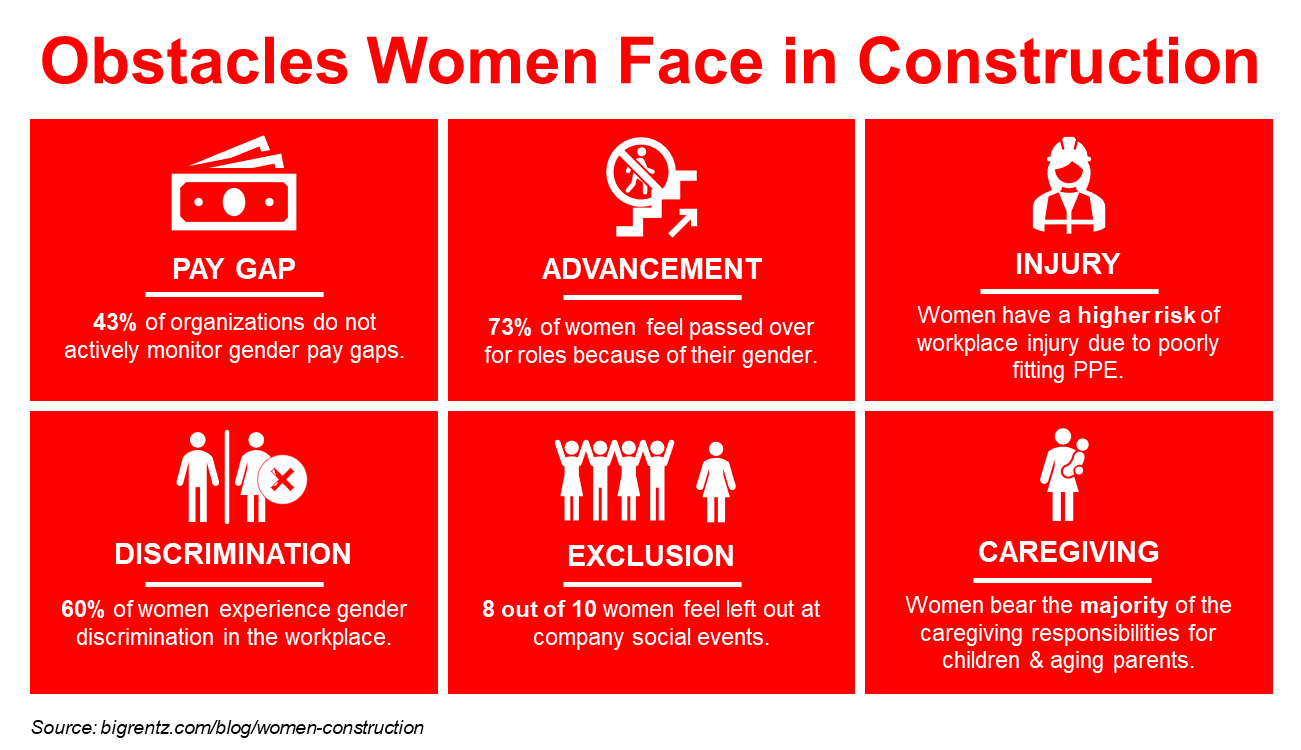
Resources
Women’s Organizations, for mentoring and/or networking
- Society of Women Engineers (SWE), swe.org
- National Association of Women in Construction (NAWIC), nawic.org
- Women Construction Owners & Executives USA (WCOE), wcoeusa.org
Construction Courses
- Boot-camp programs through large construction companies and/or the local community
- Local apprenticeship programs
Construction Forums and Conferences, for collaboration and discussion
- NAWIC’s Annual Conference offers seminars and workshops
- The Groundbreaking Women in Construction Conference offers management training
Blogs, for new and encouragement
- Constructing Equality and Tradeswomen
(1) U.S. Bureau of Labor Statistics. Published 2020. Household Data, Annual Averages: Employed Persons by Detailed Industry, Sex, Race, and Hispanic or Latino Ethnicity.
(2) McKinsey & Company. 2020, May 19. Diversity Wins: How Inclusion Matters. Mckinsey.com.
(3) Big Rentz. 2022, January 6. Women in Construction: The State of the Industry in 2022.
